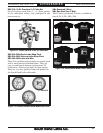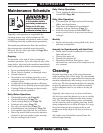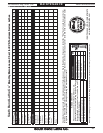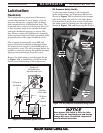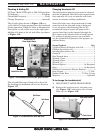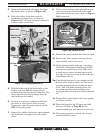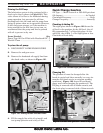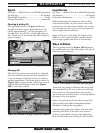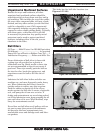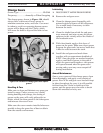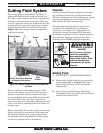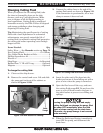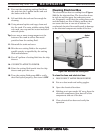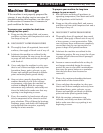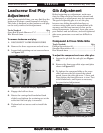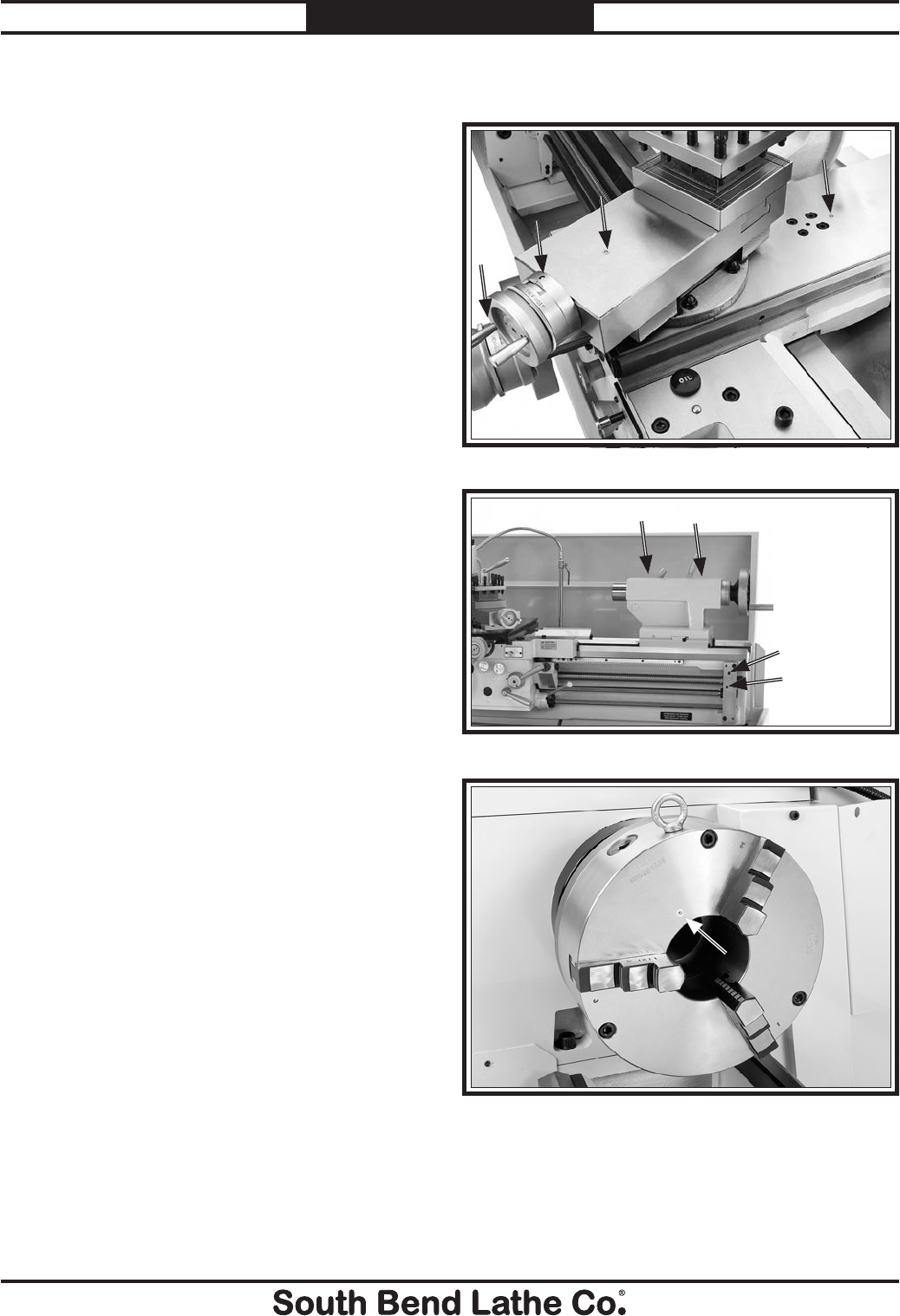
For Machines Mfg. Since 7/09 Model SB1016/SB1036
-71-
MAINTENANCE
Unpainted & Machined Surfaces
Besides the ways and leadscrew, all other
unpainted and machined surfaces should be
wiped down daily to keep them rust-free and in
top condition. This includes the top of the saddle,
the cross slide, compound slide, tool post, chuck,
feedrod, and any other surface you can find that
could be vulnerable to rust if left unprotected
(this especially includes any parts that may be
exposed to water soluble cutting fluids). Typically
with these parts, a thin film of oil is all that
is necessary for protection. Any quality metal
protectant can be used to protect machined
surfaces, including either of the oils you use
elsewhere in the lathe.
Ball Oilers
Oil Type ......Mobil Vactra 2 or ISO 68 Equivalent
Oil Amount .......................................... As required
Pump Oil Can w/Plastic or Rubber Cone Tip ......1
Lubrication Frequency .........Before and After Use
Proper lubrication of ball oilers is done with
a pump-type oil gun that has a plastic or
rubberized cone tip. Metal needle or lance tips
are not recommended as they do not create a
good seal. These tips usually push the ball too
far into the oiler, break the spring seat, and
sometimes cause the ball to fall into the oil
galley.
Lubricate the ball oilers before and after use
machine use, and more frequently under heavy
use. When lubricating ball oilers, clean the
outside surface to remove any dust or grime.
Push the rubber or plastic tip of the oil can
nozzle against the ball oiler to create a hydraulic
seal, and pump the oil can once or twice. If
sludge and contaminants are seen being pushed
out of the lubrication area, keep pumping the oil
gun until clean oil is seen. When finished, wipe
away the contaminants and oil.
Never blow out ball oilers or oil galleys with an
air gun to purge the system of contaminants.
Air pressure can force contaminants into
unreachable areas and dislodge seals and blow-
out gaskets.
Figure 127. Four ball oiler locations.
Figure 128. Four ball oiler locations.
Figure 129. Ball oiler location for 3-Jaw chuck.
This lathe has five ball oiler locations (see
Figures 127–129).



